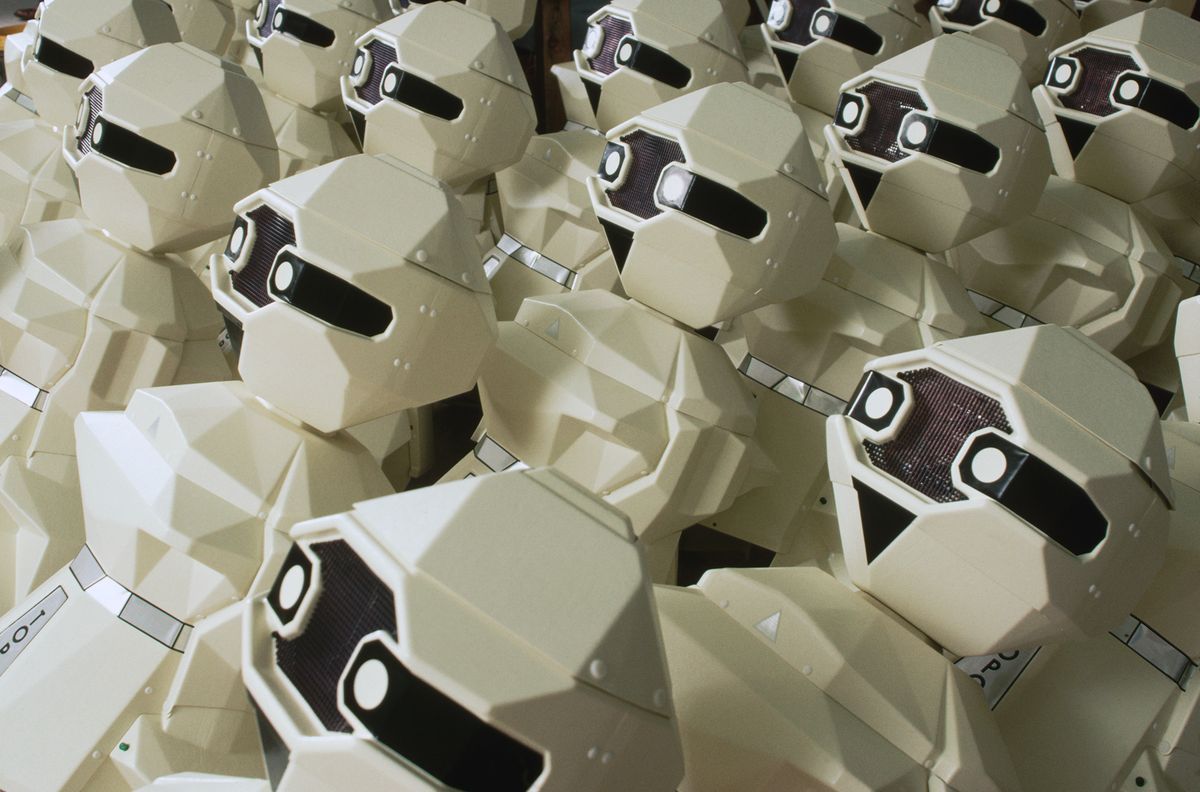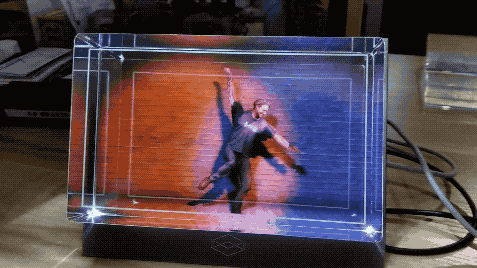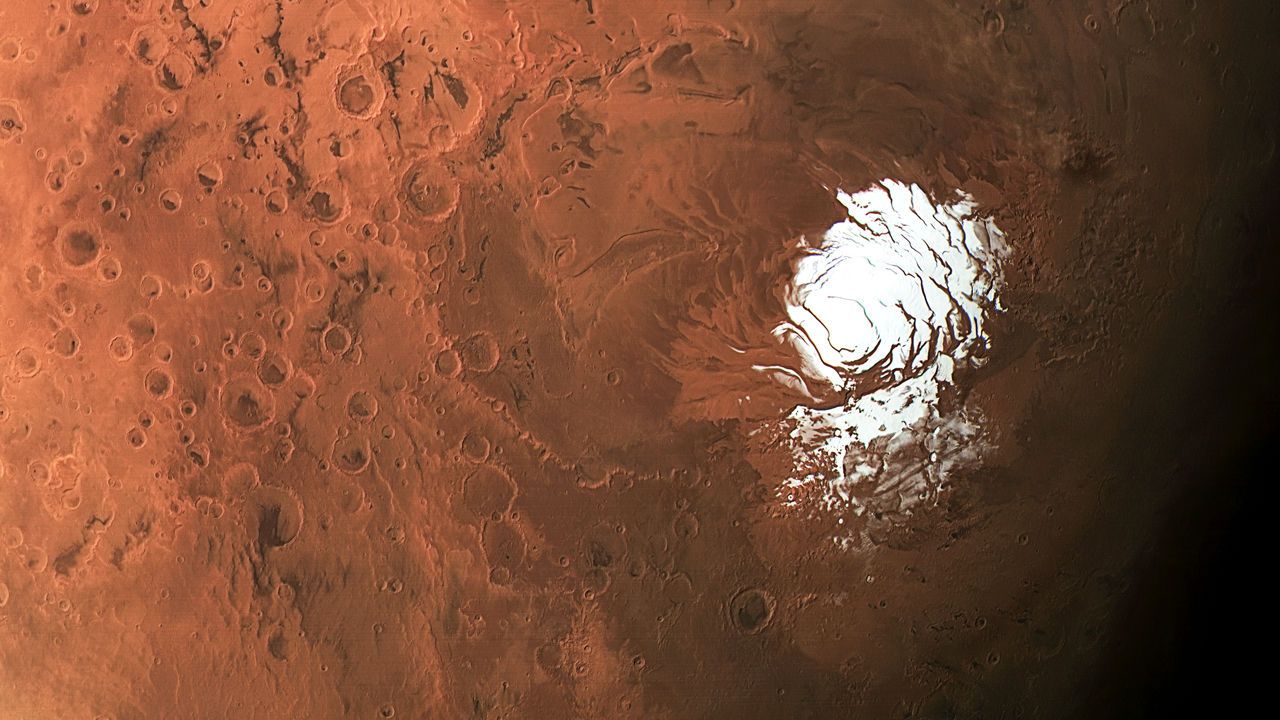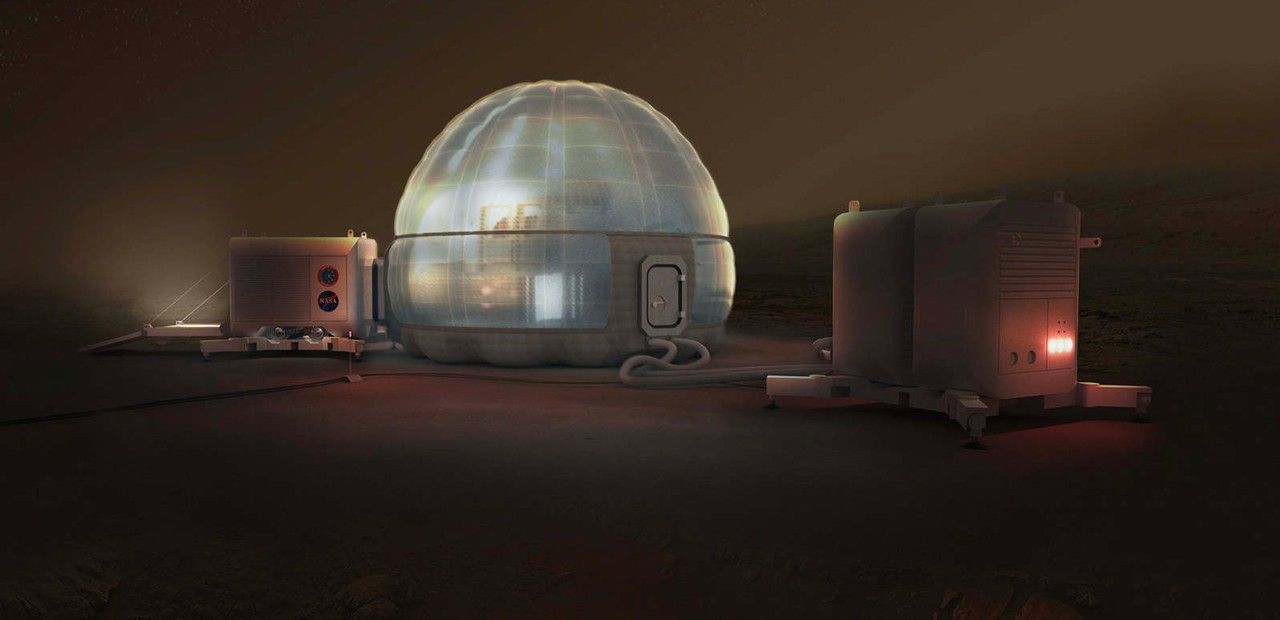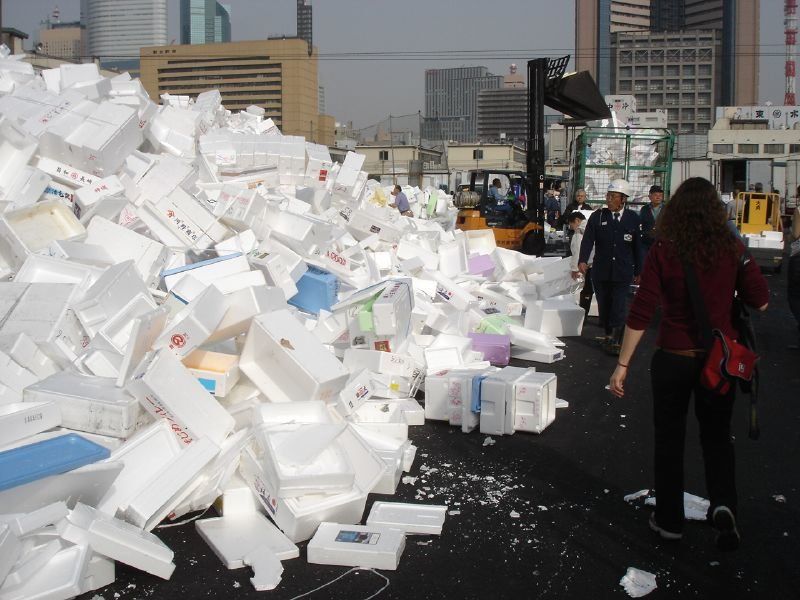That may be about to change. Behind the scenes, big tech companies are funding secret projects to develop robots. Amazon.com Inc. has been working on a robot version of its Echo voice-activated speaker for a while now and this year began throwing more money and people at the effort. Alphabet Inc. is also working on robots, and smartphone maker Huawei Technologies Inc. is building a model for the Chinese market that will teach kids to speak English.
Alphabet and Huawei join Amazon in the race to build androids, the first of which could debut by 2020.
